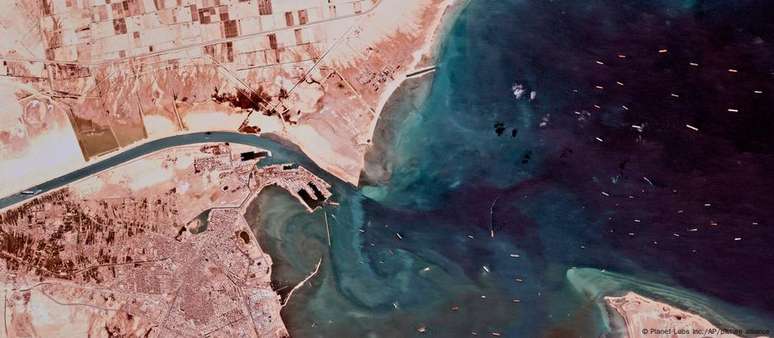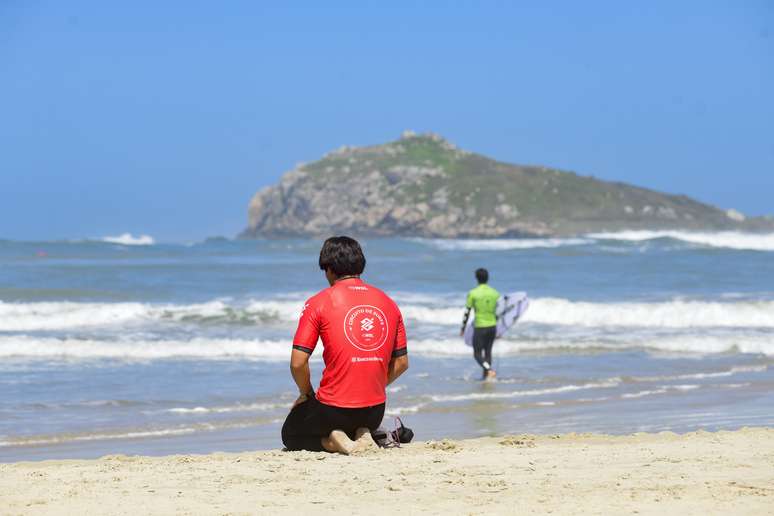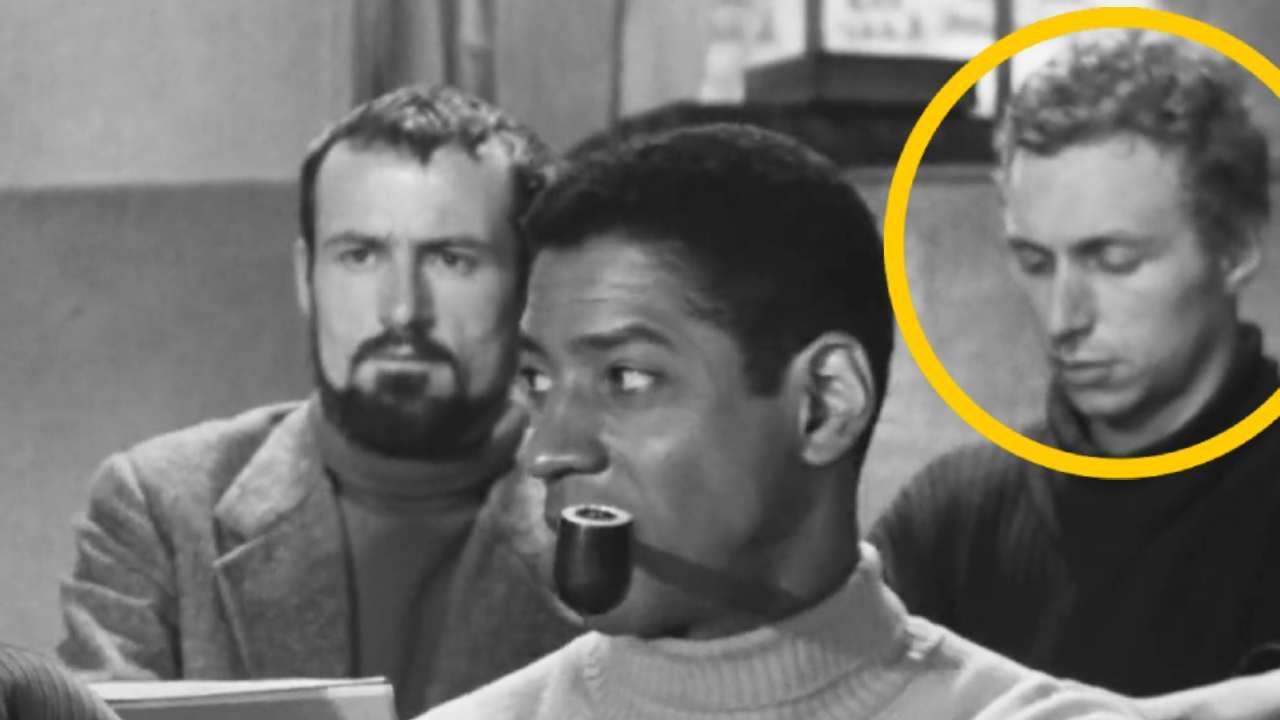After ten years of work in the scorching heat of the desert, the Suez Canal was inaugurated on November 17, 1869, a waterway connecting the Mediterranean Sea and the Red Sea, on the southern coast of the Mediterranean Sea, at the mouth of the Suez Canal, until 1956 there was a gigantic statue. It was by the Frenchman Ferdinand de Lesseps. With his head proudly raised and his right hand open and outstretched, the bronze man greeted the comings and goings of the ships. Thousands of passengers looked at the colossus in amazement and thought: “This is the father of the Suez Canal.”
“They do not know that this idol is nothing other than the monument to a great falsification of history,” wrote Nikolaus Negrelli in 1940. “They have no idea that the construction project, held aloft by the left hand, was born from another brain. “
Negrelli had reason to be angry, after all the construction projects of the Suez Canal had not been conceived by Lesseps, but by the complainant’s grandfather, the Italian Alois Negrelli, Knight of Moldelbe, to whom the Egyptians did not dedicate any monument.
The connection already existed in the time of the pharaohs
Alois Negrelli and Lesseps worked together in the mid-19th century on the International Suez Commission. Both knew that already in the time of the pharaohs there was an artificial connection between the Mediterranean Sea and the Red Sea, but that this had ended up buried under the sand of the desert. Negrelli was convinced that a new canal could be dug.
According to Negrelli, “the connection of the two seas through a maritime canal was an indisputable necessity not only for the development of world trade, with the shortening of the route between Europe and the rich countries of the East in the Indian Ocean, but also for for the relaunch of maritime traffic on the coasts of Egypt and for the flourishing of better living conditions in this blessed country”.
Negrelli died before he could carry out his plans. Lesseps used them. He bought all the plants from the widow and presented them as his own. However, engineer Lesseps had little understanding of the subject. His virtues lay in politics, which he practiced as French vice-consul in Egypt. The astute diplomat had granted authorization for the canal works as early as 1854, eluding his friend the Viceroy of Egypt.
Lesseps: “The names of the builders of the pyramids, useless monuments of human pride, are sinking into oblivion. The name of the prince who opens the great Suez Canal will be exalted throughout the world for centuries.”
The diplomat founded a joint-stock company. But investors hesitated and of the 400,000 shares put up for sale only 75% were subscribed. Even so, Lesseps was able to begin the undertaking in April 1859. The construction was criticized above all by the English. England had just opened a railway line from Alexandria to Suez and feared for its revenues. When Lesseps spent all the money, the British newspaper Standard attacked: “What will the shareholders say? These French, Egyptian and Turkish speculators? They will ruin themselves! When the 200 million is spent, the company will collapse from lack of resources.”
Festival of European nobles
The newspaper was wrong. Thousands of Egyptians continued to dig the canal in the scorching desert heat. Many of them died from exhaustion. Lesseps remained determined. In 1869 the canal was ready. Construction took twice as long as expected and cost three times more than expected. On the eve of the inauguration, November 16, 1869, a great celebration was held in Port Said. Nobles from all over Europe participated. In the following days they officially made their maiden voyage across the canal. Among those present was also the Crown Prince of Prussia, Frederick William.
“Until we arrived in Ismailia, the journey offered us nothing other than the landscape of a straight channel, between sand banks. Three times, the Austrian ship Elisabeth, which was in front of us, ran aground on sand banks and blocked the passage of ours and the others that followed. The rest of the seven-hour journey passed without incident. But of course the ships advanced cautiously,” commented the future German emperor.
At the inauguration no one spoke about Negrelli anymore. The creator of the channel had been forgotten. Only later did the engineer’s daughter find important documents proving that it was her father, and not Lesseps, who had drawn up the canal project. He took the matter to court. Phrase: Alois Negrelli, knight of Moldelbe, is the creator of the channel. The decision, however, did not bring benefits to the Italian engineer’s family. Only humanity and the countries that own the canal have profited from the waterway.
Source: Terra
Rose James is a Gossipify movie and series reviewer known for her in-depth analysis and unique perspective on the latest releases. With a background in film studies, she provides engaging and informative reviews, and keeps readers up to date with industry trends and emerging talents.







